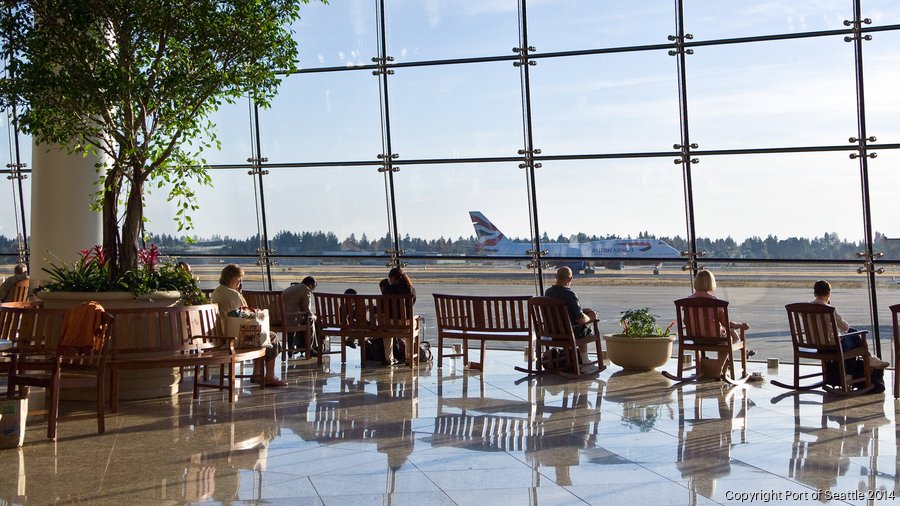Alaska Air Group doesn't want to pay most of the costs of a Seattle-Tacoma International Airport international terminal expansion, which will primarily benefit its chief competitor.
That's why officials of the Seattle-based airline plan to attend the Port of Seattle commission meeting Tuesday, to make their displeasure public.
"Virtually none of our customers are going to use that facility, but they're going to pay for most of it," said Joe Sprague, Alaska Air Group Inc. senior vice president of external relations. "The people using the international facility, they need to pay for the facility, and if the price tag is too high, they need to bring the price tag down."
The price tag Sprague is referring to the cost of the planned upgrades to Sea-Tac's international arrivals facility, which he said has almost doubled to $608 million.
"The intention is for vast majority of funding to come on the back of domestic customers who would never use the facility," he said.
The issue is especially galling for Alaska (NYSE: ALK) because its primary competitor is Delta Air Lines. Delta has made Sea-Tac its West Coast international gateway and will be the major user of the international gate.
Alaska does have some international traffic, mostly to Mexico and Canada, but those are a small minority compared to its domestic flights. Only 8 percent of Alaska's flights are international.
The payment system uses what are called "passenger facilities charges," or PFCs, essentially a per-head tax on passengers moving through the airport. These are a common way of paying for capital investments.
But in this case, not only does Sprague not want Alaska Air passengers paying for a facility that will mostly be used by its chief competitor, but he worries the massive cost of the terminal will divert funding from projects that might benefit Alaska.
"With PFCs not going to that project, that money that could be used for other projects that could benefit domestic carriers or all carriers at the airport," he said.
But Mike Medeiros, vice president of Delta Air Lines' Seattle operations, said that it's about time some of the PFC money goes to international carriers' needs.
"The international arrival facility was built in 1973, and since that time, not a dollar has gone into that arrival facility," he said. "We think it's high time that the international side of the business gets a little attention as well."
Medeiros warned against raising costs for international carriers so much that Sea-Tac is no longer competitive with other West Coast gateway airports, which also want the business of big international carriers like Delta.
"If you burden international carriers with the entire cost, and make it such that user fees aren't competitive with with other airports up and down the West Coast," he said, "it's highly likely that with a higher cost structure, airlines will choose to depart and arrive international flights somewhere else."
Port staff has been trying to address the issue and will be discussing it Tuesday.
Sprague said he will make a presentation to the port commission, protesting the funding mechanism and the price, and asking for an adjustment.
Editor's note: This story was updated Monday afternoon to include comments from Delta Air Lines.
